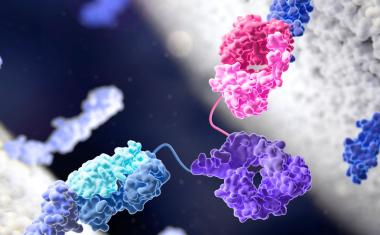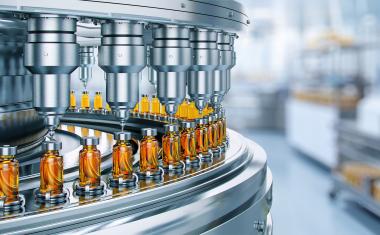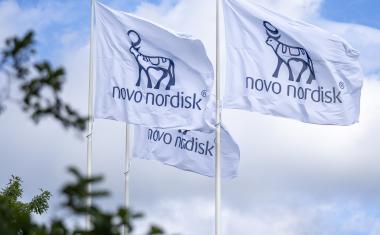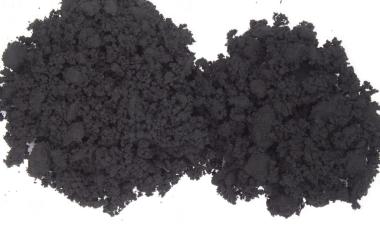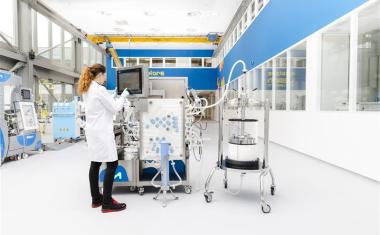Grace and TechnipFMC Partner on Propylene

US catalyst and technology company W.R. Grace has signed a deal with UK energy services group TechnipFMC to jointly develop improved catalyst and process technology related to TechnipFMC’s Deep Catalytic Cracking (TDCC).
TDCC is a high-severity fluid catalytic cracking process that is designed to produce very high yields of propylene along with other petrochemical feedstocks.
The partnership will leverage Grace’s knowledge of FCC catalysts and light olefins additives as well as TechnipFMC’s broad experience in deep catalytic cracking, including process and mechanical knowhow.
“As the demand for petrochemicals grows, processes specifically designed to provide pathways to convert crude oil to petrochemical feedstocks, like TDCC, will become imperative for refiners,” said Tom Petti, Grace’s president, refining technologies. He noted that TechnipFMC is the technology leader in this area, having licensed seven units with propylene yields greater than 18 wt%.
Stan Knez, TechnipFMC’s president process technology, added that he expects the joint efforts to deliver significant value to current and future licensees.



